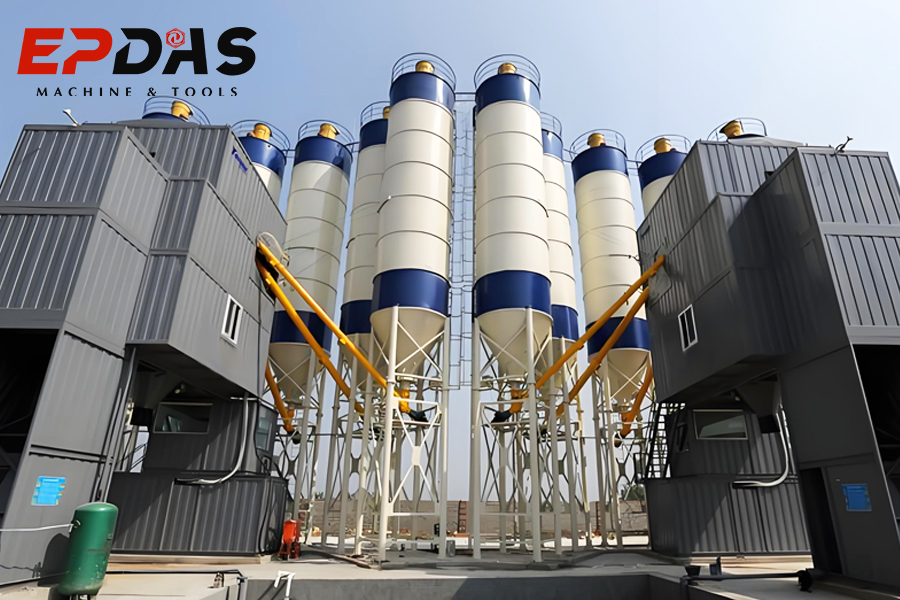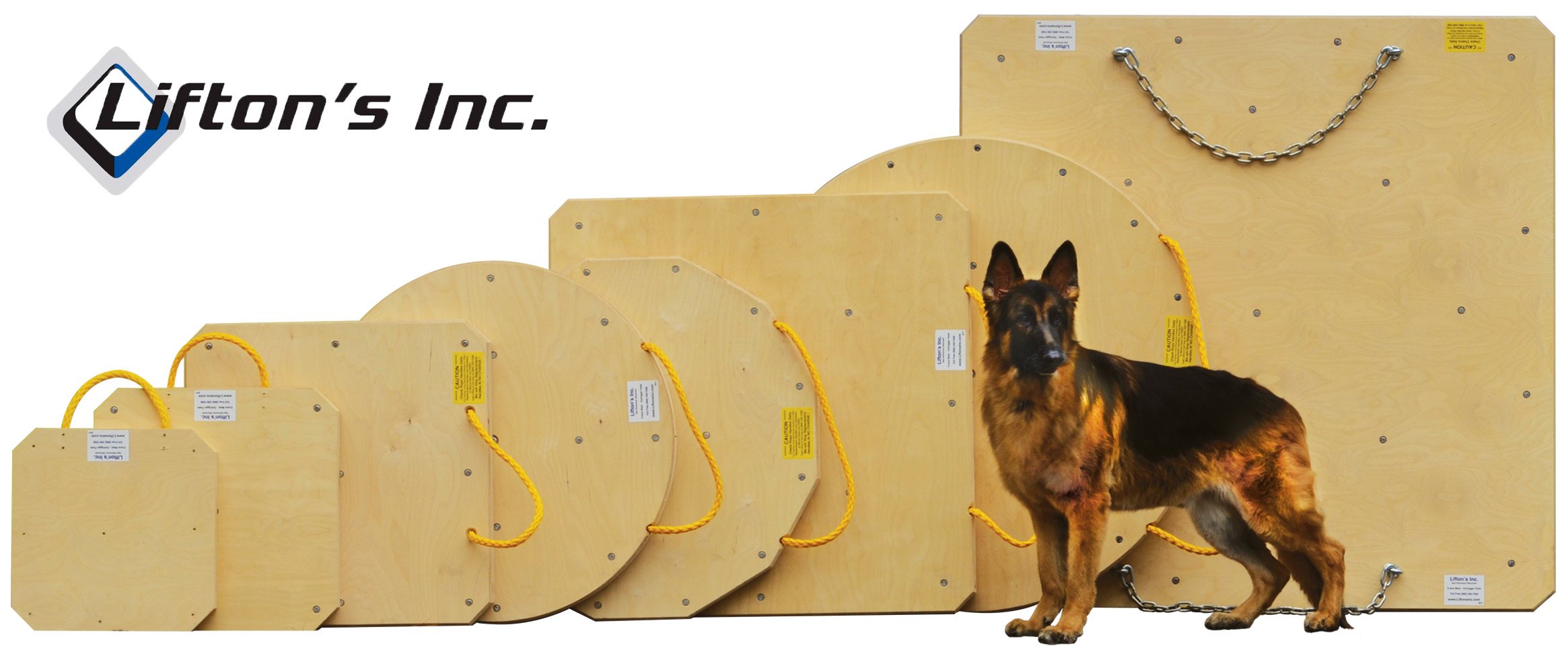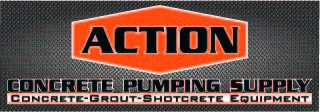| EPDAS18 | 11-08-2024 | comment profile send pm notify |
Clumping in Concrete Mixers Can Be Caused By Several Factors, Including Incorrect Water Ratios,Improper Mixing Times,Or Material Buildup Inside the Drum.If Residual Concrete Is Left in the Mixer After Previous Use,It Can Harden and Cause Clumping in the Next Batch.Clean the Mixer Thoroughly After Each Use to Remove Any Residual Concrete.
Here Are Some Reasons Why This Might Be Happening:1.Moisture Issues:Insufficient Water:If There’s Not Enough Water in the Mix,the Concrete Can Become Dry and Clump Together. Excess Water:Conversely,Too Much Water Can Lead to a Soupy Mix That Doesn’t Hold Together Properly.This Excess Moisture Can Cause Aggregates to Clump. 2.Improper Mixing Ratios:If the Aggregate (Sand and Gravel) Is Not Properly Proportioned Compared to the Cement and Water,It Can Lead to Clumping. Ensure You’re Following the Correct Mix Design for Your Specific Project. 3.Poor Quality Aggregates:Aggregates That Are Wet or Have Clay or Silt On Them Can Stick Together and Form Clumps. Use Clean,Dry Aggregates for the Best Results. 4.Mixing Time:Not Mixing Long Enough Can Lead to Poorly Combined Components That Clump Together.Ensure That You Are Mixing for the Appropriate Length of Time to Achieve a Uniform Consistency. 5.Mixer Condition:A Dirty or Improperly Functioning Mixer May Not Blend the Materials Evenly.Ensure That the Mixer Is Clean and That All Parts Are in Good Working Order.Sometimes,Materials Can Stick to the Sides and Not Get Mixed In Properly. 6.Cold Weather:In Colder Temperatures,the Concrete Mix May Set Too Quickly and Not Blend Properly,Leading to Clumping. This Can Happen When the Temperature Drops Below Recommended Levels for Working With Concrete. 7.Overloading the Mixer:Overloading Your Mixer Can Prevent the Materials From Mixing Properly,Leading to Clumping. Make Sure Not to Exceed the Mixer’s Capacity. The Efficient Production of High-Quality Concrete Relies Heavily on the Technology and Processes Employed in Concrete Mixing Plants.Regularly Maintain the Mixer,Including Lubricating the Bearing Parts,Checking the Sealing, and Inspecting the Securing Devices. Clumping of Concrete in Your Mixer Can Occur Due to Several Reasons.Identifying the Cause Will Help You Take the Necessary Steps to Remedy the Issue. Solutions:Adjust Water Ratio:Check the Water Level;You May Need to Add Small Amounts Gradually to Achieve the Right Consistency.Check Aggregate Quality:Ensure the Aggregates Are Clean and Dry.Consider Washing Them if Necessary.Proper Mixing Technique:Stir the Mix Carefully,and Be Sure to Mix for the Recommended Time for Your Specific Mixer Type.Monitor Weather Conditions:If Working in Cold Weather,Consider Using Additives or Sheltering the Mixing Process.Clean the Mixer:Regularly Clean Your Mixer to Ensure No Old Concrete Material Is Affecting the Current Mix.By Addressing These Potential Issues,You Can Reduce the Likelihood of Concrete Clumping in Your Mixer and Ensure a Smoother,More Workable Concrete Mix.The Construction Industry Relies Heavily on the Quality and Efficiency of Concrete Production.By Understanding the Evolution and Advancements of Concrete Mixing and Batching Plants,We Can Better Appreciate the Critical Role These Facilities Play in Building Our Infrastructure and Communities. |
||





















.jpg)
.gif)

.jpg)









.jpg)








